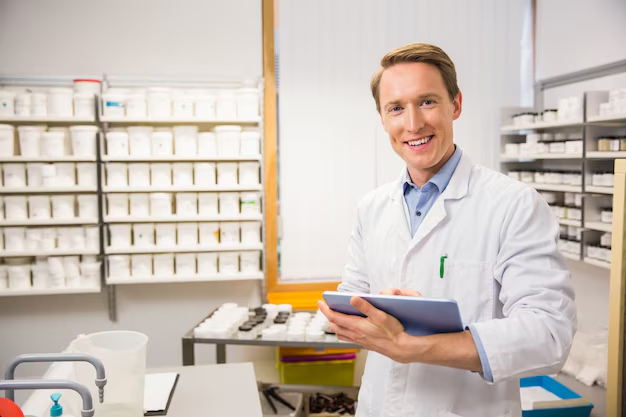How to Become a Pharmacist: Degrees, Certifications, and Licenses
Becoming a pharmacist is a fulfilling career path that combines expertise in medication management with patient care. To step into this vital role, aspiring pharmacists must navigate a rigorous yet rewarding educational journey. The cornerstone is achieving a Doctor of Pharmacy (Pharm.D.) degree, a program usually spanning four years and blending coursework with practical experience through internships and residencies. Accredited by the Accreditation Council for Pharmacy Education (ACPE), this degree ensures pharmacists are well-versed in pharmaceutical sciences, patient care, and healthcare systems.
In addition to the Pharm.D., pharmacists must pass two critical exams: the North American Pharmacist Licensure Examination (NAPLEX) and the Multistate Pharmacy Jurisprudence Examination (MPJE), which test knowledge on pharmacist competencies and pharmacy law, respectively. Some may choose to further enhance their careers by obtaining certifications in specialized fields such as oncology, nutrition support, or pediatrics. Pursuing these advanced credentials not only sharpens specific skills but also elevates professional advancement opportunities. Embarking on this path requires dedication to continual learning and a strong commitment to patient health and safety.
Degrees, Certifications, and Licenses to Pursue:
-
🎓 Doctor of Pharmacy (Pharm.D.)
- Accredited by ACPE and required for licensure.
-
📝 Licensure Exams
- NAPLEX: Tests pharmacy competencies.
- MPJE: Assesses pharmacy law knowledge.
-
🎖️ Specialty Certifications (optional but recommended)
- Oncology, nutrition support, pediatrics, etc., for career advancement.
